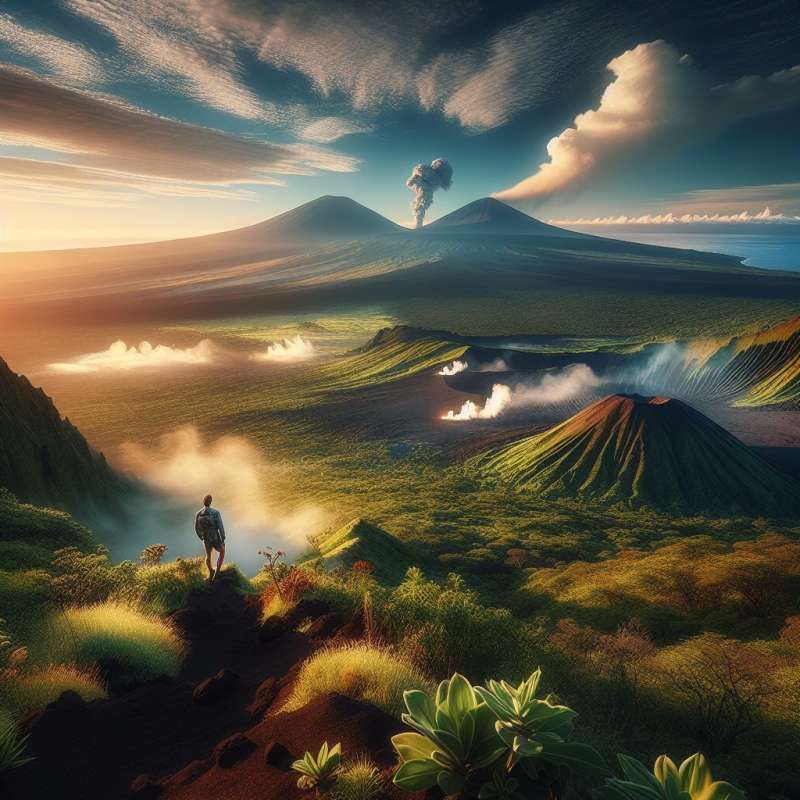
Hawaii: Unique Geography
Hawaii is the most isolated population center on Earth, located 2,390 miles from California. It comprises 137 islands, but only 8 are inhabited. The state’s diverse geography includes lush rainforests, volcanic deserts, and snow-capped mountaintops.
Volcanic Origins
Hawaii's islands were formed by volcanic activity over a hotspot in the Earth's mantle. The youngest island, Hawaii (Big Island), is still growing due to ongoing eruptions from Kilauea and Mauna Loa. Mauna Kea, a dormant volcano, is the tallest mountain when measured from its base.
Botanical Wonders
Hawaii boasts more than 1,400 native plant species, many of which are endemic. The islands have unique flora like the silversword, which grows only on the slopes of Haleakalā. Hawaii's diverse ecosystems range from coastal dunes to alpine deserts.
Unique Wildlife
Hawaii is home to many unique species such as the Hawaiian monk seal and the nēnē (Hawaiian goose). Due to its isolation, around 90% of the state's native species are found nowhere else on Earth, making it a biodiversity hotspot.
Rich Cultural History
Hawaii's history includes the settlement by Polynesians around 1,500 years ago, the unification under King Kamehameha in 1810, and becoming the 50th U.S. state in 1959. The native Hawaiian culture is rich with traditions, including hula dancing and the spirit of aloha.Hidden Waterfall Phenomenon
In Waipio Valley, there are waterfalls that sometimes appear to flow upwards due to strong winds, creating an optical illusion that astonishes visitors.
How many islands are inhabited?
8 islands
10 islands
20 islands
Company